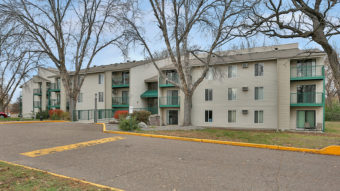Many factors have contributed to the delay in development schedules.
This is not breaking news, nor is it surprising. The update? It’s unlikely that these challenges will subside any time soon. That is, based on a recent report by Newmark.
New projects across the U.S. are now taking five months longer on average to complete, compared to 2019, causing a significant backlog in the pipeline.
Every stage of the construction timeline, in fact, has been set back by multiple years of challenges, and the report stated that they’re still ever present.
- Supply Chain Issues: Volatility still reigns in the construction materials supply chain, according to the report, exacerbated by continued geopolitical conflict. Lead times for roofing materials, for example, are still 30 to 50 weeks out on average.
- Labor Constraints and Community Opposition: Labor shortages, from understaffed local governments to a lack of skilled construction workers, are undermining both timely entitlements processes and building schedules. Many markets are also facing community opposition to continued warehouse expansion, which is delaying, and snuffing out, new project proposals.
- High Inflation/Interest Rates: Developers are no longer willing or able to accept the record-high construction costs amid strong but decelerating industrial demand and increased cost of capital. Some are temporarily pausing new project plans, while others are selling development sites.
The impact of these obstacles on timelines varies by market and within market jurisdictions, but Chicago has seen the sharpest impact, with the entitlements-to-completion journey approximately 80% longer now than in 2019.
Chicago has also doubled the timeline in active construction.
Newmark credited this to the market’s reliance on local precast manufacturers for warehouse construction materials and the severe labor shortages, coupled with high demand faced by its local industry.
Tenants with move-in requirements in 2022, furthermore, will continue to compete for limited supply in most markets, specifically those with a low volume of speculative development relative to the existing inventory.
But it isn’t all bad news.
Some occupiers wishing to build and own their facilities rather than lease may find increased opportunity with development sites put up for sale.
Deliveries are also projected to increase and exceed demand into 2023, based on the same report. Welcome news after nearly two years of space scarcity, but some developer pullback is expected down the road, especially on the tailwinds of continued demand for new warehouse space.




